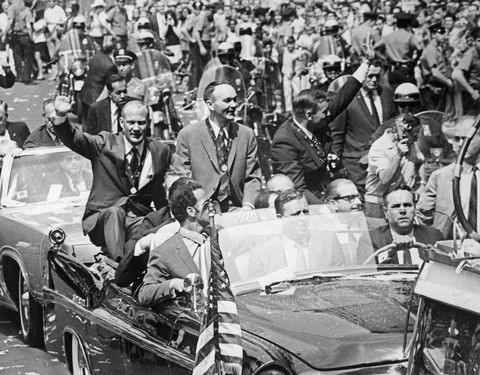|
|
||
|
||
|
Privacy Policy | Editorial Policy | Profit Policy | Join the Association | List of Members | Contact us | Index | Links |
||
|
Back Go to page: 1 2 3 4 5 6 7 8 9 10 11 12 13 14 15 16 17 18 19 20 Forward
|
||
|
Allan George’s Gems.
|
||
|
|
||
|
Contents.
For the man who has everything Gun Control - Governor Matt Bevan
|
||
|
Kids and smart-phones/tablets.
Keeping kids safe online is an issue almost all parents grapple with in an era when the average age of getting a smart-phone or tablet is just over 10 years old. Chief among parents’ concerns are bad apps for kids that could compromise their safety.
And the potential risks are more serious than ever.
Instead of concerns about accidental in-app purchases or too much screen time, the toddlers who grew up with tablets are becoming the kids facing risks like bullying and communicating with strangers when they use certain apps. Basically, kids are being turned free on the internet when they are handed a smart-phone, they are going to misuse apps and most of the time it’s just by ignorance. But warning your kids of the dangers and monitoring their phones isn’t always enough to keep them safe.
|
||
 |
||
|
A growing number of apps let kids communicate anonymously and leave no record behind for even the most diligent of parents to find. These apps are not designed to be malicious, however, because there’s anonymity, people will do things with them.
Here’s a look at some of the more risky apps currently being used by young
people – but remember that new apps are released daily and trends
Knowing which apps to keep off your child’s phone or tablet is only a small part of keeping kids safe. With that in mind, here are some tips to help kids navigate the responsibility that comes with their phones.
1. Know there are always more bad apps for kids
“There will always be the next bad app. Protect your child if she or he is being victimized, but don’t waste your time playing whack-a-mole with apps. Educating is far greater than reacting and has long-term preventative benefits.
2. Educate yourself
You can’t monitor social media if you are not on social media. Get on Facebook, Twitter and Instagram, and follow your kids. If your kids aren’t old enough for an account, or if they stick with smart-phone apps like Snapchat or Kik, you will still glean social parenting knowledge from participating on the major social media platforms. Being on social media allows you a glimpse into the world your kids are living in – and gives you the opportunity to guide them away from inappropriate people or behaviours.
3. Stay calm
You want to stay very calm when discussing social media with our teens, follow/friend your kids online, but never post on their platforms. Some will find that their kids actually don’t mind your silent lurking … they recognize on some level that you’ve got their back.
|
||
|
|
||
|
4. Teach kids how to fix mistakes
We all make mistakes online; our kids think their social world is the entire world. They need our help to see past the immediate crisis. Part of fostering your social media apprentices is teaching them that their social media blunder is not going to doom their future. Teach them how to fix the situation, help them learn from their mistake and show them how to move forward.
5. Educate and mentor
Prevent mistakes by educating your teens and tweens, remember, our kids’ brains and behaviours can be shaped and changed via practical experience. Parents and educators must take responsibility for guiding children and students, realizing that while social media can be destructive, when used knowledgeably, it has an even greater power to help kids succeed.
|
||
|
The Importance of walking
Walking can add minutes to your life. This enables you at 85 years old to spend an additional 5 months in a nursing home at $5,000 per month.
|
||
|
For the man who has everything.
With Christmas not far away, the ladies are once again in a pickle wondering what to get the man of the house. As we mature, most blokes have over the years, got just about everything they’ll ever need. Apart from socks, underpants and licorice, there isn’t much a man needs as he approaches his 70th year and beyond but there is something the lady of the house could get her man which would make him definitely stand out in the street. Provided she’s a bit handy with her hands she could build him something he would really appreciate.
An atomic bomb!
Think about it, no longer would he be annoyed by that barking dog next door, no longer would that noisy Harley roar up the street while he was watching TV, no longer would he have to mow the lawn every week during the summer months.
He could just nuke the lot.
Now, with the ITness of the internet, she could build him one. The internet thinks of everything, now there are step by step instructions on how to build an atomic bomb and provided she has access to a garage with a bench, a vice and a few tools, she could knock one up while he was at the pub and he’d be none the wiser until Christmas morning when he finds it under the tree.
Click the pic below for instructions. |
||
|
|
||
|
Words with 2 meanings.
Commitment. Female: A desire to get married and raise a family. Male: Trying to hit on other women while out with this one.
|
||
|
The Art of the Return Trip: How NASA got Apollo 11 Home.
On the 24th July, 1969, the Columbia capsule splashed down 900 miles southwest of Hawaii, ending the historic Apollo 11 mission. This is how NASA got Neil Armstrong, Buzz Aldrin, and Michael Collins home.
On the 20th July, 1969, the U.S. won the space race. After a series of embarrassing defeats at the hands of the Soviets, the engineering marvel that was the Saturn V had captured victory through brute force, taking three Americans to lunar orbit and successfully depositing two on the surface below. For many Americans, it was a day of celebration, but for the three men that had secured victory—Neil Armstrong, Buzz Aldrin, and Michael Collins—the challenges were far from over.
With history already made, all that was left was to make their way home, but the difficulties associated with launching a spacecraft off the lunar surface, docking with another craft in orbit, propelling the crew hundreds of thousands of miles and surviving the blazing heat of re-entry were daunting. A single failure of the launch apparatus would doom Armstrong and Aldrin to an icy grave in our night sky, and concerns that it might happen were so prevalent that President Richard Nixon had a speech prepared for the possibility.
As the countdown to the crew’s second launch of the Apollo 11 mission crept toward zero, there was no fanfare and no adoring crowds in spectator stands. There were just two men, a barely tested spacecraft held together in some places with nothing more than tape and an astronaut carrying their ticket home some 70 miles above. It took the accumulated efforts of thousands of people, engineering miracles and the skill, grit, and determination of the three-man crew to get them to the moon, and it would take no less to get them back.
“In ancient days, men looked at stars and saw their heroes in the constellations,” Nixon would say if they failed. “In modern times, we do much the same, but our heroes are epic men of flesh and blood.”
Here's what it took to get three astronauts back home.
The Apollo 11 mission was a triumph for the Saturn V, which stands to this day as the most powerful rocket mankind has ever constructed, but Aldrin and Armstrong’s second launch was in a much stranger looking ship. Today, the lander we called Eagle stands among America’s most iconic imagery, but at the time, it bore little resemblance to what most Americans thought a spaceship should look like. To be specific, it was ugly. Its ragged edges, wrinkled metallic foil, and spider-like legs looked nothing like the streamlined spacecraft depicted in movies—and that was by design.
“We called it ‘the Bug,’” Gene Cernan, the mission commander on Apollo 17, once said. “And to me it looked like some gigantic monster that was going to hop down New York City just gobbling up society.”
While early plans for the lander may have included artist’s renderings of large windows and a rounded craft, engineers quickly dismissed those ideas. Windows were heavy, as were aesthetically pleasing contoured bodies that would hide the mechanical workings of the ship beneath. Even with the most powerful rocket in history, every ounce mattered and as a result, some portions of the craft were famously only a few thin sheets of foil thick.
The Landing Module (LM) was carried in the Saturn’s protective shroud and only operated in the vacuum of space, that allowed the engineers to design it from the inside out because they had no concerns for aerodynamics at all. This resulted in the distinctive look for the LM.
Necessity dictated that the Lunar Module had to be both a landing platform and a launch platform, forcing an unusual design that layered the ascent stage above the descent stage on the spacecraft. The crew used the engines on the descent stage to manage their landing, then they’d leave that stage behind, firing the ascent stage’s lunar module ascent engine (LMAE) to propel them back up into orbit.
It may not have had much in common with the spaceships Americans had grown accustomed to seeing in the films of the 50s and 60s, but it was light, utilitarian, and functional. At least, it was designed to be. The real test had yet to come.
The ascent module may not have looked much like the massive Saturn V that delivered it, but the two had one thing in common:
A failure during launch would mean certain death for its occupants.
Grumman had subcontracted the ascent module’s engine’s development to Bell, who believed in the concept of reliability through simplicity. Unlike the Saturn V, which earned its name through its use of five massive F-1 engines, the ascent module utilized a single fixed-thrust hypergolic rocket engine that traded the F-1’s kerosene and liquid oxygen fuel for a combination of Aerozine 50 and dinitrogen tetroxide.
When the two chemicals came into contact with one another, there was a spontaneous combustion reaction that would propel the ascent module off of the descent module and into lunar orbit. As a result, the ascent module’s propulsion system was the least complex of any rocket in the Apollo program.
At 1:54 p.m., the 180-pound ascent module engine fired, producing about 3,500 pounds of thrust for 435 seconds. Thanks to the moon’s reduced gravity, the 15,000kg (if on earth) spacecraft was soon accelerating to a velocity of 2,000 meters per second. |
||
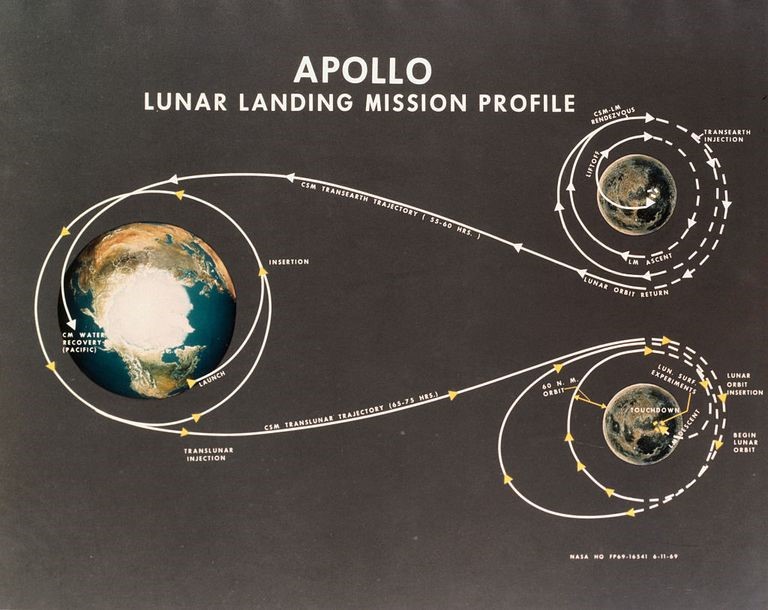 |
||
|
Quick as it was, the launch was a long and anxious journey—it would be four hours before the Eagle and its crew would meet up with the command module in orbit. For that stretch of time, Aldrin and Armstrong rode with no seating, limited control and no guarantee that they would be able to successfully dock with the Command Module.
The Ascent Module’s Reaction Control System (RCS) fired as the Eagle elevated to about 13 miles below the Command Module’s orbit, rounding out its orbit around the moon. A number of short course corrections accomplished through the same RCS system slowly elevated the craft up to the Command Module’s altitude, and at 5:53 p.m., 128 hours and three minutes after lifting off from earth, Aldrin and Armstrong reunited with their orbiting companion Michael Collins in the Command and Service Module (CSM), or simply, Columbia.
The Lunar Lander known as Eagle had successfully carried mankind to the moon’s surface, kept them alive, and taken off once again into the darkness of space. Monumental as the achievement was, it would be impossible to bring the history-making craft home. Four hours after Armstrong and Aldrin reached the CSM, they jettisoned their lunar lifeboat.
Now, with the Lunar Module gone and nothing left between the crew and their home but 240,000 miles of space, it was time to fire up Columbia’s engines.
At 12:56 a.m. on July 22, the Command Module’s Service Propulsion System (SPS) fired. A far more powerful engine than the one that had flown Aldrin and Armstrong up from the moon’s surface, the SPS consisted of a helium pressurization system, a propellant feed system, a propellant gauging and utilization system (that included sensors for display inside the cabin of the spacecraft and back at mission control), and of course, the rocket engine itself. The system used helium as a pressurizing gas, inhibited nitrogen tetroxide for an oxidizer and a blended hydrazine fuel made up of a mixture of around 50 percent unsymmetrical dimethyl hydrazine and 50 percent anhydrous hydrazine. The result was a more complex platform than the ascent propulsion system with quite a bit more power. The SPS could produce 21,900 pounds of thrust at intervals ranging from less than half of a second all the way up to twelve-and-a-half minutes.
A controlled two-and-a-half minute burn from the SPS, initiated from behind the moon, placed the astronauts on a trajectory for home. Mission Control held their breath, unsure if the engine had fired until Columbia emerged from behind the moon and they re-acquired the signal conveying the spacecraft’s telemetry data. It wasn’t long before they were able to confirm: Apollo 11 was coming home.
The trip would be a cramped one. Columbia was a gumdrop shaped spacecraft reminiscent of the earlier Gemini designs. At 3.2 metres from the base to the apex and just under 4 metres around at the base, the entire spacecraft allotted just 6 cubic metres of living space inside. With all of the instrumentation and equipment, it left less room for the astronauts than might be found in most luxury sedans and it would have to be home for the three men for about three more days.
After travelling hundreds of thousands of miles, beating the odds, and making it back to Earth, the three-man crew of Apollo 11 were not out of the woods yet.
As they approached their re-entry timetable, powerful thunderstorms were bearing down on Columbia’s intended splashdown location. With limited fuel, waiting out the storm wasn’t an option. The only choice was to use the bell shape of the spacecraft as a sort of wing, re-entering the atmosphere at just such an angle as to stretch out their landing zone by a few hundred miles.
Columbia was designed specifically for such a possibility and a number of pre-selected landing zones had already been established for just such a scenario, but like most elements of the Apollo 11 mission, there remained a great deal of uncertainty as to how well the spacecraft would perform. The Earth they had left behind was gone and in its place was a new one—one that knew man could reach the stars.
While the exterior of the ship was symmetrical, the interior was designed to position the majority of the weight near the crew’s feet—giving the craft a specific orientation for re-entry. At supersonic speeds and the proper angle, that small lean created by the strategic weight placement resulted in some degree of lift, allowing the craft to fly, if ever so slightly, further than an uncontrolled descent would allow.
About 12 hours before the crew of Apollo 11 were to re-enter earth’s atmosphere, they got the call: they were to fly with their lift vector in the up position for about 90 seconds as they re-entered. According to NASA’s math, that should add about 215 miles to their anticipated flight path. It was a risky decision, but certainly a less risky one than coming down in a raging thunderstorm in the middle of the Pacific.
At 12:50 p.m. on July 24, Columbia splashed down in the Pacific Ocean just 1.94 miles from their intended landing point with the primary recovery carrier, the USSHornet, just 15 miles out. Within an hour of hitting the water, Armstrong, Aldrin, and Collins were taken aboard the Hornet where they were placed in isolation over concerns about “moon germs.” Despite many scientists believing it to be an unnecessary precaution, the crew remained in quarantine for 21 more days after their return. The astronauts did as they were instructed, even if they didn’t see it as very logical.
"Look at it this way," Mike Collins mused years later. "Suppose there were
germs on the moon. There are germs on the moon, we come back
NASA would eventually drop the quarantine requirement for Apollos 15, 16, and 17, but for Aldrin, Armstrong, and Collins, those three weeks may have been some of the most surreal of the entire journey. They had reached the unreachable, done what no-one had done before, and now, back on Earth, they were the only three human beings to have ever left this world and reached another one.
The Earth they had left behind was gone, and in its place was a new one—one that knew man could reach the stars. It was the start of a new era, and as they emerged from their 21 days of isolation, they found that the lives they led before were gone too.
|
||
|
They were no longer astronauts. They were heroes.
|
||
|
|
||
|
Gun control and the value of life.
In the US recently, Kentucky Governor Matt Bevan was answering questions from an audience about gun control. The audience were a bit "for guns" and one particular woman tried to catch him out.
The video is worth watching |
||
|
|
||
|
Flatulence Female: An embarrassing by-product of indigestion. Male: A source of entertainment, self-expression, male bonding.
|
||
|
Ever wondered why that hotel doesn’t have a 13th floor, or why you’re supposed to throw salt over your shoulder after you spill it? Here’s the history behind some of the most common superstitions.
Some superstitions are so common that it’s easy to forget they’re kind of strange practices. If an alien were to visit Earth, not many people would be able to explain to them why we reflexively say “Bless you” when somebody sneezes, but whether you adhere to these traditions or not, it’s certainly fun to find out where they come from. Each one has a story behind it.
The first recorded evidence of people saying “Touch wood” (the British version of “Knock on wood”) comes from the 1800s. However, the practice is much older than that, and there are a few conflicting origin stories as to where it came from.
Why we throw salt over our shoulder.
If you spill salt, you might suddenly feel the need to throw some over your shoulder and if you don’t, someone might remind you to do it. They might even tell you that you need to throw it over your left shoulder, not your right.
A possible explanation for this comes from the fact that salt used to be super expensive. If you spilled it, that was surely the devil’s work. Throwing a little bit over your left shoulder was thought to blind the devil that made you spill it (Christians once thought that the devil hung out behind the left shoulder). One of the most famous links to this superstition is in da Vinci’s painting The Last Supper. Look closely, and you’ll see that Judas (4th in from the left) – see HERE, has spilled the salt. Judas is the famous betrayer of Christian tradition, so this depiction connected spilled salt to lying, betrayal, and the devil.
Why we say “Bless You” when people sneeze
Saying “Bless you” (or “God bless you”) when someone sneezes is now so common, it seems almost rude if you don’t do it. However, few people think about where this tradition comes from. Long ago, some believed that a sneeze was an evil spirit leaving the body, or the body trying to make a spirit leave. Saying “God bless you” helped protect the sneezer from the spirit entering again. People also once believed that the heart briefly stopped during a sneeze, although this has long been proven to be false, however, the practice might also date from the days of the plague during the Middle Ages. Legend has it that Pope Gregory I made a decree that people should say “God bless you” for protection from the plague anytime someone sneezed.
Why we’re scared of breaking mirrors.
Have you heard that a broken mirror means seven years of bad luck? You may not believe it, but the thought probably still pops into your head anytime you crack a mirror. Since mirrors hold our reflections, people used to think they were linked to our souls. This idea might date back to ancient Greece, where people thought spirits could be found in the reflections of a still pool of water. When the mirror broke, it was believed, the soul became fragmented. Some legends held that this broken soul couldn’t protect its owner from bad luck. Others said that the broken soul would take revenge on its owner.
Why we don’t walk under ladders.
The idea that it’s bad luck to walk under a ladder seems a little more common-sense, maybe the person working at the top of the ladder could drop a tool on your head, or even fall on you. But the actual superstition is more interesting. Some date this belief to ancient Egypt, where the triangle was held sacred (pyramids?). Passing through a triangle shape was a big faux pas and a ladder leaning against a wall does form a triangle.
Later, though, Christians adopted the same belief, linking it to the crucifixion of Christ. A ladder leaned against the cross at the time of Christ’s death, so they became unlucky symbols that would cause misfortune for anyone who walked beneath one.
Why we don’t open umbrellas indoors.
Modern umbrellas that open and close haven’t been around for very long, so this is one superstition that might not be that old. The first umbrellas of the 1700s were a far cry from the ones we use today: they were heavy, difficult and used a system of springs and sharp metal rods to open.
Even today, opening an umbrella in a crowded room can result in a poke in the eye but imagine how it was with one of these earlier designs. From injuries to broken objects, it’s not hard to see where this superstition came from. However, umbrella-type designs that didn’t open and close were also found in many earlier cultures. In ancient Egypt, only royalty could use a parasol for protection from the sun and in ancient China, leather umbrellas were a mark of nobility. So, the superstition about opening an umbrella inside actually might have much older roots, linked to the umbrella as a sacred, royal object.
Why we think the number 13 is unlucky.
People fear the number 13 so much that many hotels don’t label their 13th floor, going instead straight from 12 to 14 - and Friday the 13th is considered an especially unlucky date.
This superstition dates back to the laws of ancient Mesopotamia, known as the Code of Hammurabi. This code skipped over the 13th law, although that’s now believed to be a translation error, not an intentional avoidance. Still, some cultures later interpreted the omission as a sign to avoid 13. The number 12 has been widely regarded as an important number by many cultures: there’s a reason why we have a 12-month calendar and count the hours of the day in sets of 12, so by contrast, some people thought 13 was as bad as 12 was good.
Not only that, but ancient Nordic legends held that Loki, the trickster god, brought evil to the world when he was the 13th guest at a party in Valhalla. Christianity also plays a part in this superstition. Judas didn’t just knock over the salt at the Last Supper: he was also the 13th guest to arrive.
Why we hunt for four-leaf clovers.
For some children, there’s no greater joy than finding a four-leaf clover. But why are these such coveted symbols of good luck?
First, there’s the simple fact that finding one is against the odds. Experts say your chances of finding one are 1 in 10,000, but even before scientists had calculated that number, people were carrying four-leaf clovers around. The ancient Celts sometimes carried them to keep evil spirits at bay and in medieval times, people thought four-leaf clovers could help them find and avoid dangerous fairies. Christian lore once claimed that Eve picked a four-leaf clover as she was forced out of Eden.
Ever seen a “lucky horseshoe” hung above a door? This superstition is centuries old. The ancient Celts first started hanging horseshoes over their doors to ward off goblins, fairies, and elves. The fact that horseshoes looked like crescent moons was thought to scare off these supernatural beings. Today, some people think horseshoes need to hang with the open ends up, so the luck stays inside and doesn’t fall out. However, others believe a horseshoe should hang ends-down, so the luck spills out onto whoever walks through the door.
Why we wish on shooting stars.
We now know that “shooting stars” aren’t stars, they’re meteors burning up as they enter the atmosphere, however, that doesn’t stop people from making a wish when they see one.
This idea probably comes from Ptolemy, an astrologer of ancient Greece. He wrote that shooting stars were a sign that the gods were looking down on Earth. If you saw one, it was the perfect time to wish something from the deities. Some central European cultures also believed that each person had their own star and a shooting star marked someone’s death. While they wouldn’t make a wish for themselves, they might say a wish for the dying soul when they saw one, like a simple “Go with God.”
Secret WW2 British Airways Flights during WWII
British Airways ran a highly successful and secret courier service between the UK and Sweden during WW2, the Stockholm Express. Click HERE to watch a 5 minute video to see what it was used for and why De Havilland Mosquitos flew this dangerous route.
|
||
|
|
||
|
|
||
|
|
||
|
|
||
|
|
||
|
Velly Intelesting – but stupid!!!!
|
||
|
|
||
|
|
||
|
Back Go to page: 1 2 3 4 5 6 7 8 9 10 11 12 13 14 15 16 17 18 19 20 Forward |
||
|
|

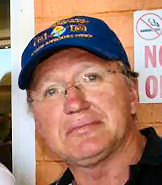
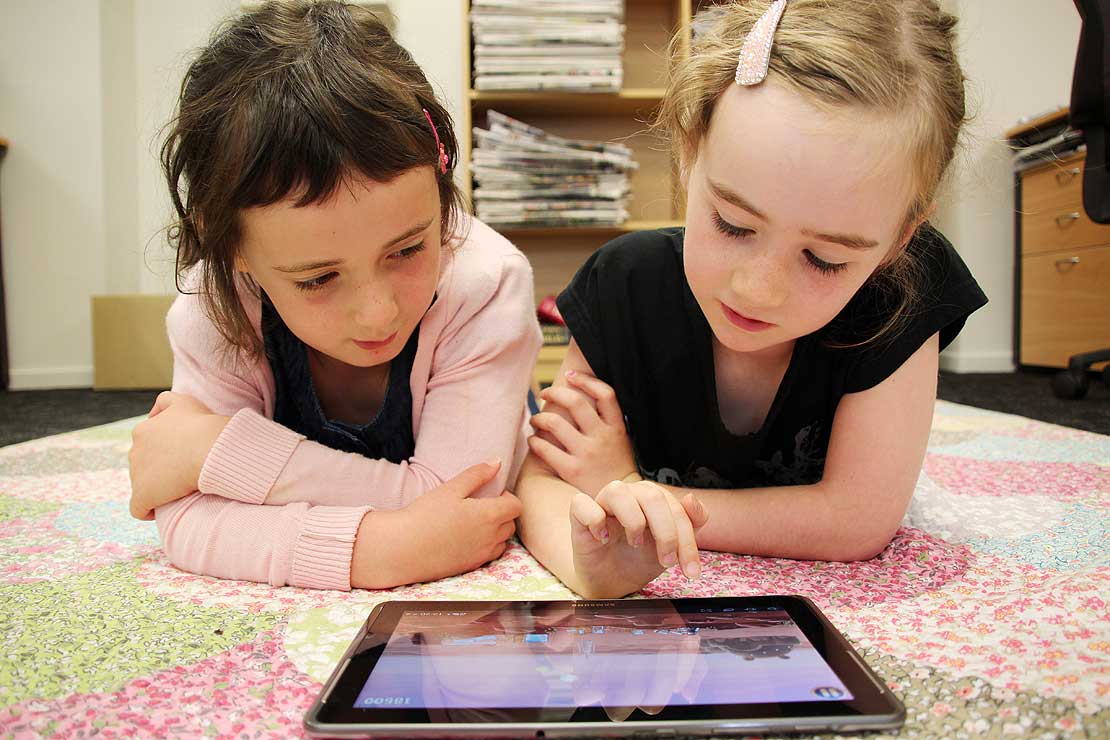 change
quickly. As soon as another bad app gets taken off the market, another app
will take its place.
change
quickly. As soon as another bad app gets taken off the market, another app
will take its place.

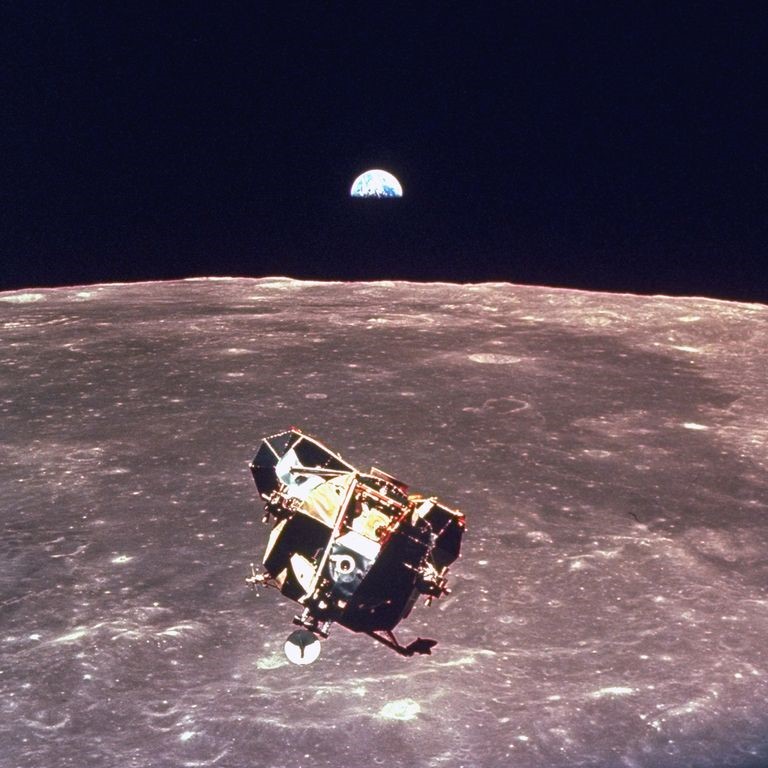

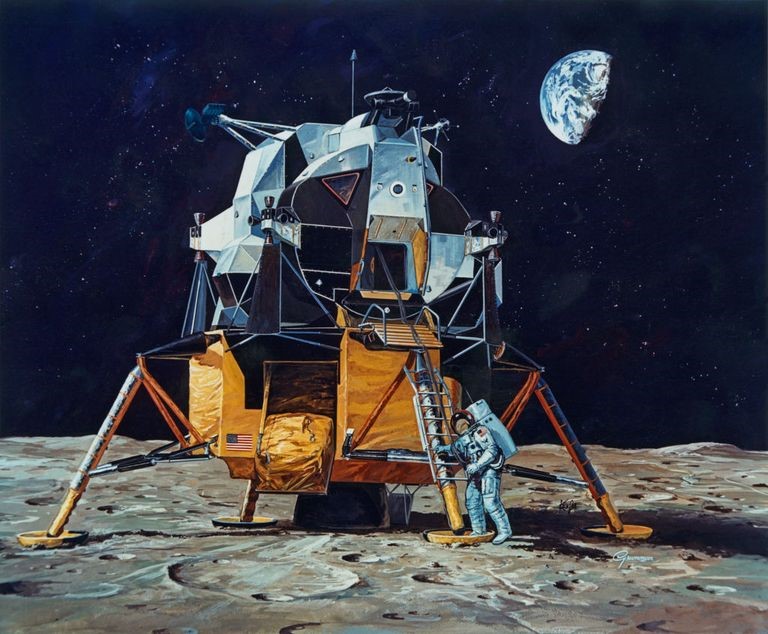
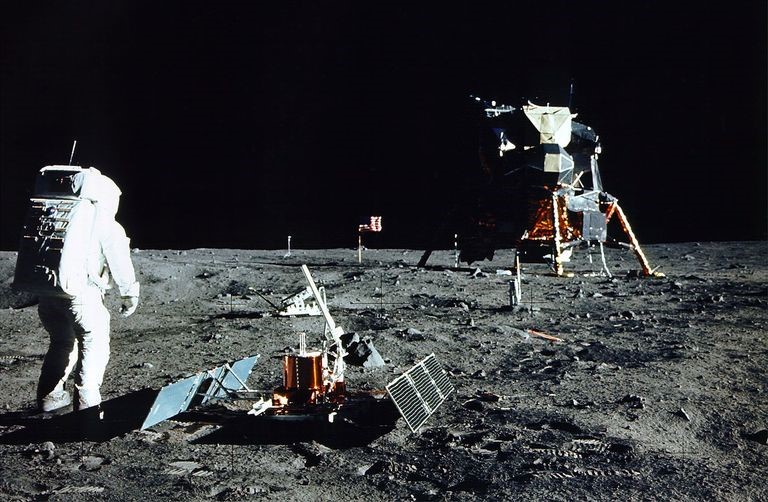
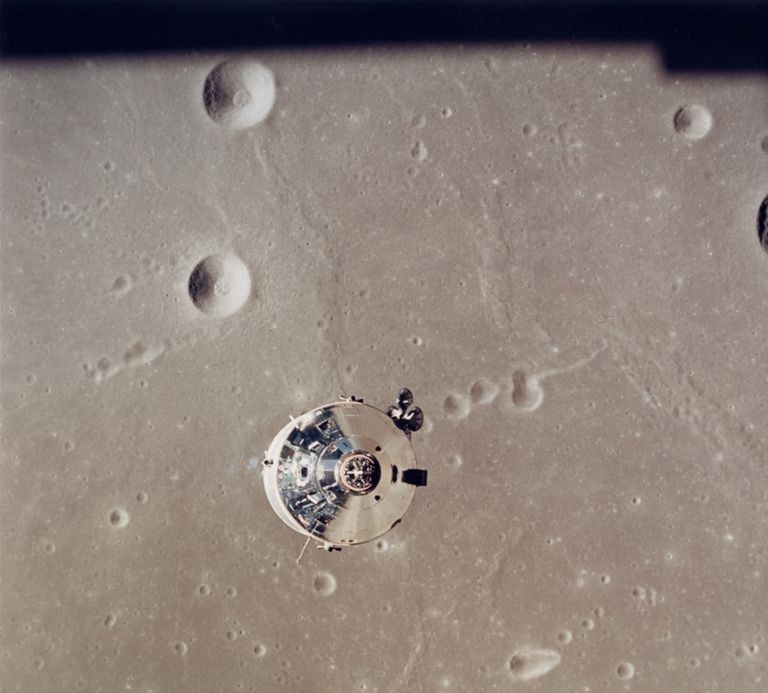
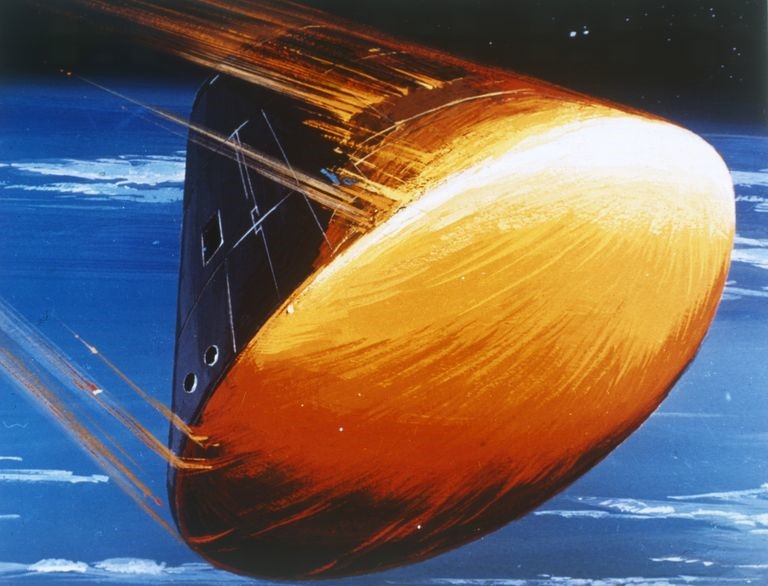
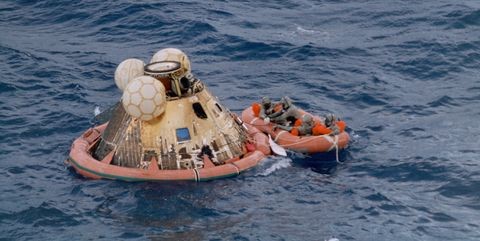
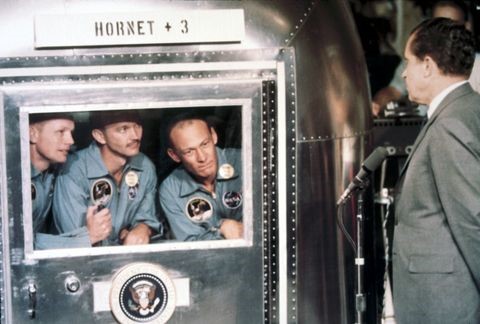 ,
the command module is full of lunar germs. The command module lands in the
Pacific Ocean, and what do they do? Open the hatch. You got to open the
hatch! All the damn germs come out!"
,
the command module is full of lunar germs. The command module lands in the
Pacific Ocean, and what do they do? Open the hatch. You got to open the
hatch! All the damn germs come out!"